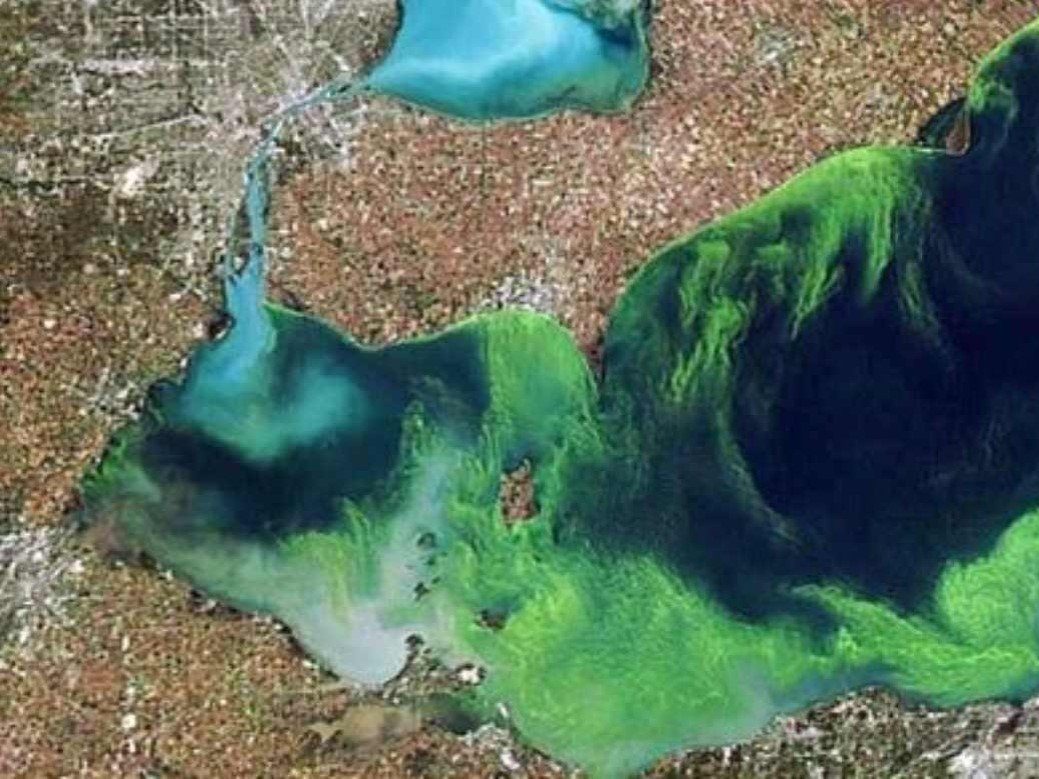Strange and Troubling Items Wash up on Beaches Along the West Coast
Since early June 2023, hazardous algal blooms caused by pseudo-nitzschia algae have killed sea lions, seals, and dolphins in Southern California. This algae creates domoic acid (DA) that affects marine creatures’ neurological systems.
The Guardian claims that hazardous algal blooms like this have previously made marine creatures ill. Sadly, this case is particularly extreme and seems to originate a greater distance offshore than normal. Reports show that the Channel Islands Marine & Wildlife Institute (CIMWI) receives between 30 and 60 reports each hour and over 300 per day. Unfortunately, it looks like it might get worse.
The Worrying Lifecycle
The California coastal situation brings to light how climate change affects marine ecosystems. Ocean acidification and rising temperatures foster the growth of pseudo-nitzschia. The DA produced by toxic algae increases in concentration as it moves up the food chain.

Source: National Institutes of Health/Pinterest
As the neurotoxin DA enters the food chain, it accumulates and affects various marine species. If left unchecked, these blooms may contaminate human food sources, posing severe health risks.
Solving the Algal Outbreaks
Scientists have been working intensively on creating prediction algorithms to stop fatal DA outbreaks. As a result, researchers can more accurately predict the emergence of dangerous algal blooms and take preventative actions by knowing the circumstances that give rise to them.

Source: CBC/Pinterest
Communities in California are simultaneously spending money on cutting-edge infrastructure to lessen the amount of wastewater and runoff that eventually damages coastal habitats. By working together, we can preserve the delicate balance of our seas and save marine life from the harmful consequences of toxic algae.
The Role Individuals Must Play
We can all help fight climate change and preserve the oceans. Avoiding single-use plastics, a significant contributor to marine pollution, is an easy-yet-effective action. One way to reduce toxic discharge is to replace treated grass lawns with native gardens.

Source: s0ulsurfing - Jason Swain/Getty Images
Using sustainable energy at home minimizes carbon emissions, reducing the planet’s warming. Limiting methane gas combustion helps the fight against climate change and promotes a cleaner, healthier environment for everybody.
Protecting the Sea
We must accept responsibility for protecting marine life and our oceans from the damaging impacts of algal blooms and environmental imbalances. A healthier Earth for both present and future generations will result from adopting sustainable practices and lowering our carbon footprint.

Source: James R.D. Scott/Getty Images
Together, we can make a significant and long-lasting difference. It is our responsibility to see that marine life flourishes in its natural home and that future generations will value the beauty and richness of our seas.
